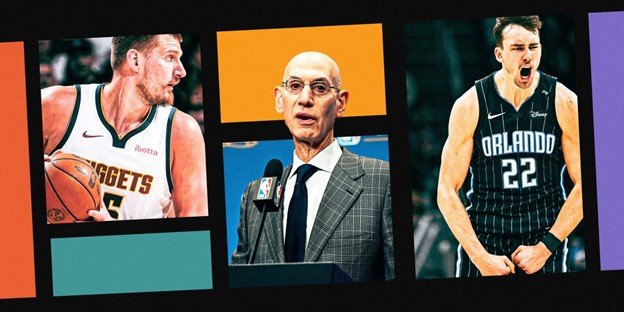NBA Explores Integration with European Basketball Academy System


By Trendy Daily News
Published: April 6, 2025
Introduction
PARIS — The NBA is evaluating opportunities for market expansion in Europe, according to Commissioner Adam Silver, who has proposed establishing a new league in European markets. While revenue potential is one consideration, Silver and NBA team owners are particularly focused on player development systems in European basketball.
The International Talent Pipeline
NBA roster demographics show significant international representation, with international players comprising 25% of current NBA rosters. European players represent 58% of the league’s international talent. Statistical analysis indicates that the NBA MVP award has been earned by international players for the past six consecutive seasons.
Recent draft statistics demonstrate this trend:
- French players were selected first overall in the past two NBA drafts
- Seven first-overall draft selections since 2013 were international players
- Each NBA draft since 2010 has included a minimum of 10 international selections
European Academy System
Professional teams in Europe operate development academies that accept players beginning at age 13. The NBA has announced plans to provide financial and developmental resources to support European basketball organizations and their academy programs.
Differences from U.S. Development
The European youth basketball structure differs from the U.S. model in several ways:
- Youth players train with professional clubs rather than school teams
- Programs implement standardized training protocols
- Development focuses on technical skills and team coordination
- Players receive systematic instruction from professional coaching staff
European Development Examples
Current NBA players who developed through European academies include Victor Wembanyama, Luka Dončić, Nikola Jokić, and Giannis Antetokounmpo.
Key Academy Characteristics
European basketball academies typically implement the following structure:
- Four to five weekly practice sessions
- Three-hour training periods
- 60-90 minutes of individual skill development
- 90-120 minutes of team-based training
- Focus on passing techniques, player movement, and defensive fundamentals
- Weekly competitive games
Professional Perspectives
Marco Baldi (Alba Berlin)
“Player development requires adequate time for maturation. Creating systems that maximize player potential serves our collective interests.”
Miško Ražnatović (Serbian Agent)
“European youth development programs, particularly in the former Yugoslav regions, emphasize fundamental skill development differently than U.S. programs.”
Conclusion
The NBA’s exploration of European basketball development systems represents a strategic approach to talent development and international growth. The organization’s interest in establishing a European presence includes both player development considerations and market expansion opportunities.


